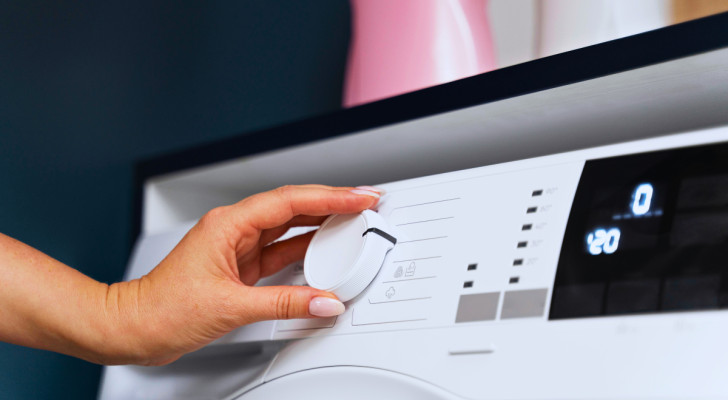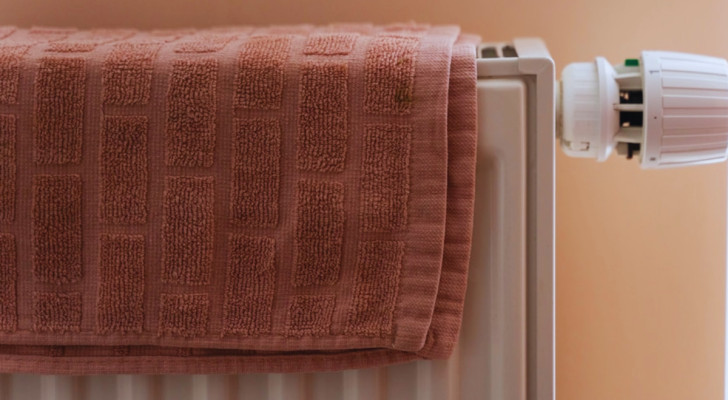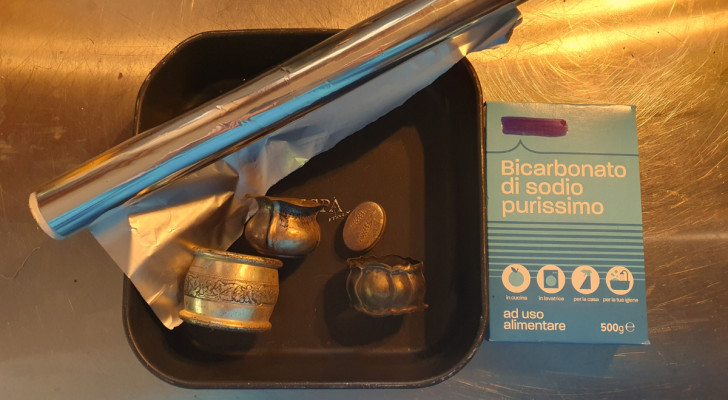Cold water washing? Well, not for all types of laundry: here's 5 laundering categories that should be washed at higher temperatures

Freepik
Washing clothes in cold water definitely causes less "wear and tear" of the fabrics and on the washing machine itself; it also reduces power consumption, but cold washing is not suitable for all types of laundry. There are some garments that should be washed at high temperatures to ensure dirt and grime is effectively removed and the items are properly sanitized. Let's find out what these garments are:
Anything that gets very dirty from use in the kitchen
Apparel and other fabrics worn/used in the kitchen frequently get dirtied with hard-to-remove grime (like oil, grease and sauces, for example), the most notable of these being:
- Dishcloths
- Pot holders
- Tablecloths
- Towels
- Aprons
Oil, fat, grease, sauces: these are all products that can only effectively be removed from fabrics in hot wash cycles.
As a "compromise", you can wash lightly dirtied fabrics on a shorter cycle set to 50-60°C. Alternatively, you can pre-treat the garments/fabrics with hydrogen peroxide or delicate bleach, and then put them on a 40-50°C wash (which can also be on a shorter cycle). For heavily soiled items, pre-treat them (as described) and wash them on a regular cycle set to 50-60°C.
Clothing and linen used by those who have been sick
Clothes, sheets, towels and other items that have been used by someone who was sick must be properly sanitized. Wash these items on a high temperature, adding appropriate sanitizing additives and do an empty wash afterwards to clean out the washing machine before putting on the next, regular load.
If the items are delicate and risk being ruined in an "intense wash", wash them at the temperature stated on their labels. That said, it will still be necessary to use additives and/or pre-treatment products (delicate bleach, hydrogen peroxide) to ensure proper sanitation.
Work clothes contaminated with pollutants
Now, let's move on to garments which have been exposed to potentially harmful pollutants. In this category, a good example is gardening gear which has been contaminated with pesticides and/or other harmful products - you will certainly want to neutralise these clear risks.
Wash these items on a high temperature cycle and add the appropriate sanitizers. Additionally, keep these garments in a seperate laundry hamper (a precaution that also applies to items that were used by sick people).
After washing, sanitize the washing machine with an empty wash (also at a high temperature, but on a shorter cycle) and add a delicate bleach or hydrogen peroxide.
Textiles used by your pets
Kennel linings and cushions, sheets and blankets used by your pets at home or in the car: everything your four-legged friends spend time on, should be washed at a high temperature and with a mild bleach added to your regular detergent.
Cloth diapers or other underwear that has gotten very dirty
Reusable, cloth diapers worn by babies or underwear worn by the elderly or by women must be washed thoroughly and sanitized on high temperature wash cycles to avoid any health risks.
It's worth paying attention to these precautions to ensure you and your loved ones stay fit and healthy!





